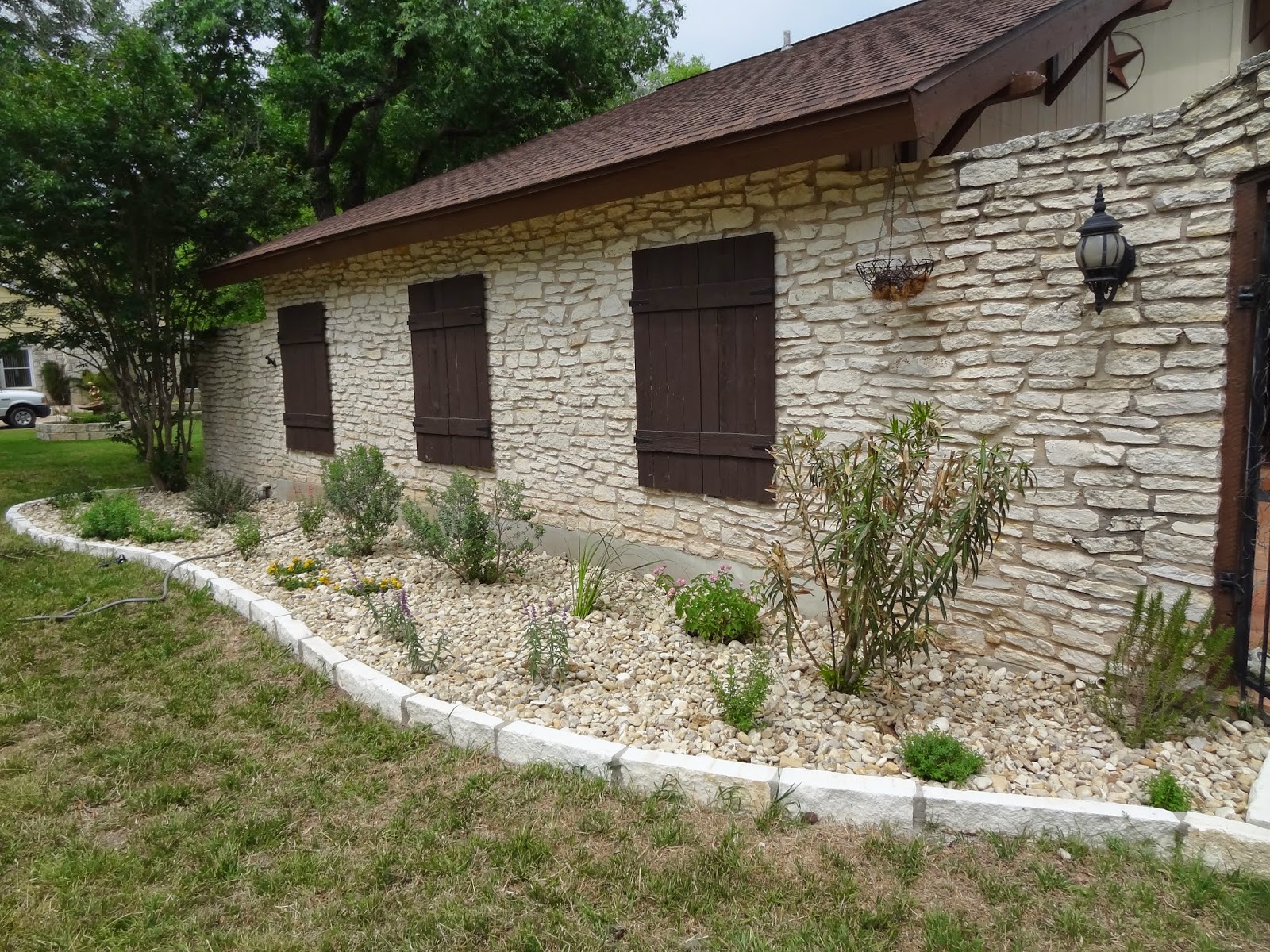Veggie Beds
The spring veggie beds are starting out strong, despite the several late freezes that we've had here in central Texas. In Bed 1 (furthest left), I have 6 tomato plants, 9 pepper plants, and 3 eggplants. In Bed 2 I have a variety of summer and winter squash (acorn, butternut, yellow summer, zucchini, pumpkin and gourds). I also planted radishes between the mounds. I've harvest all but a few of the radishes, and had to give away about half of my harvest because I just couldn't eat all of them! In Bed 3 I have sweet peas growing. I just harvested the last of my fall/winter crop of kale and planted okra, cucumbers, watermelon and cantaloupe in the open spaces in the bed. Finally in Bed 4, which receives mostly shade during the day has swiss chard, spinach, kale, collards and bush beans. The swiss chard is still producing from the fall/winter crop. The rest of the plants are from spring planting.
Bed #2 with squash and a few radishes and Bed #3 with sweet peas and marigolds.
Backyard Beds

The bulb bed doesn't have much but the calla lilies blooming right now. I have many gladiolas that are getting ready for their summer showing, as well as some daylilies, a few Black-Eyed Susans, and a couple of dahlias. I only seem to have two dahlias that came up this year, so I think it may be time to plant a few more varieties.
The butterfly garden is full of some purple zinnias that were grown from seeds, a scattering of butterfly wildflowers that have not yet bloomed, some milkweed, coneflower, mistflower, and a couple sunflowers from fallen birdseed. The rosebush is also maxed out in blooms.
Courtyard
My large wisteria that has not yet bloomed in 2 years. I probably need to do more pruning and alter the soil so it isn't too heavy on the nitrogen. I've also read that it can take several years for the plant to bloom. I must be patient.
Front Yard
While I've already posted these pictures in my Front Yard Landscaping post, I decided to add them again here to keep track of how much this part of the garden will change as the months grow by.





















































